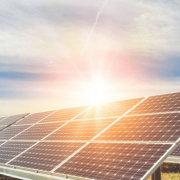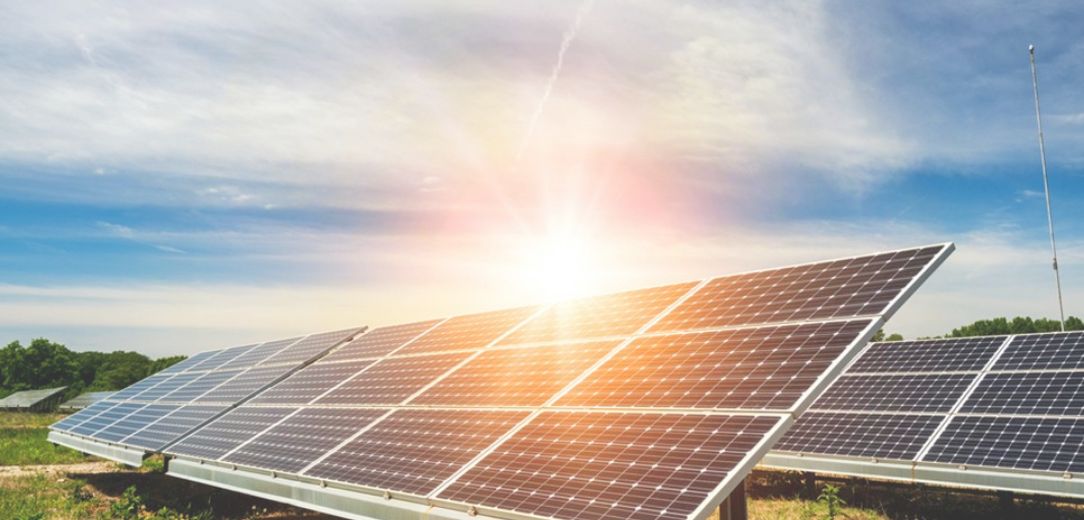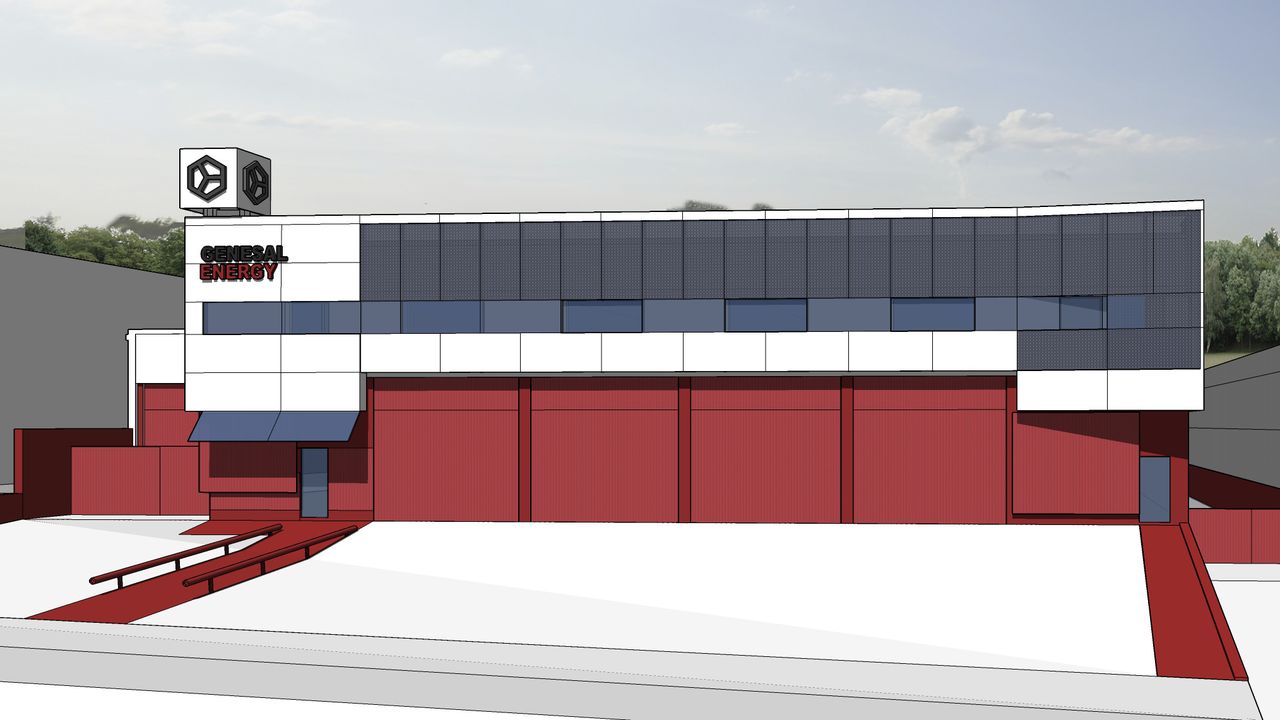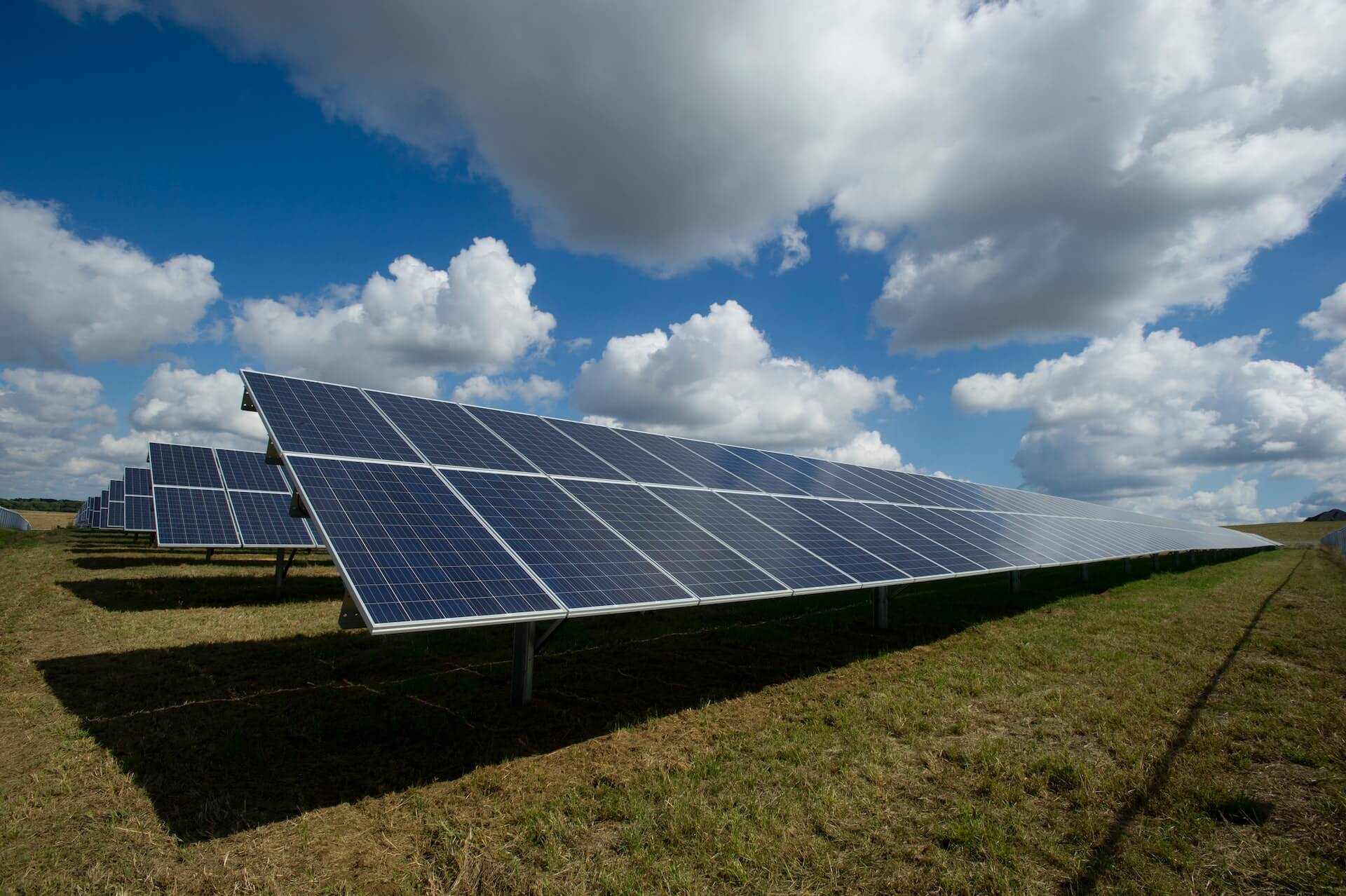We are committed to the HYDROGENSET concept

The production and storage of green hydrogen for use as fuel opens up new possibilities for sustainable energy generation with zero impact.
In order to better understand the HYDROGENSET concept, it is important to first understand how hydrogen functions as an energy carrier.
Hydrogen is the simplest and lightest element in the periodic table. Hydrogen atoms consist of one proton and one electron, and under normal conditions it is a stable gas of diatomic molecules (H2). It is one of the most abundant elements on Earth and throughout the universe, but it usually exists in combination with other elements: with oxygen as water molecules, or with carbon as organic compounds. It is not a fuel which exists in nature ready for use, rather it is an energy carrier like electricity. It needs to be generated somehow.
There are various methods of producing hydrogen, all of which are based on different feedstocks and energy sources and use different processes. Depending on the feedstock and energy source used to produce the H2, it may be 100% renewable, 100% fossil fuel, or a hybrid H2 with a certain percentage of each.
Hydrogen can be produced in large, centralised facilities or in small, distributed units located close to the point of final consumption. This means that hydrogen can be produced anywhere on the planet, even in remote areas.
A kilogram of hydrogen contains more energy than a kilogram of other fuels (and almost three times as much as petrol or natural gas), and no carbon dioxide is emitted in the process of releasing that energy, only water vapour, so the environmental impact is zero.
Just as there are various methods of generating hydrogen, different energy recovery systems also exist; this is where the HYDROGENSET concept comes into play. The term covers any method of energy generation which uses hydrogen, in any of its forms or states, as a fuel:
- Combustion in gaseous form in engines, either by blending with other fuels or even using 100% H2.
- Fuel cells that use a chemical process in which H2 and O2 (air) are introduced to form water vapour, and an electric current is generated by the exchange of electrons and protons across the membrane between the substances.
- The use of ammonia to power retrofitted internal combustion engines, dual fuel engines, or new engines designed to run on ammonia.
- The use of methanol for large machines with internal combustion engines, including dual fuel engines, which offer greater versatility as they can be powered by traditional fuels if necessary.







